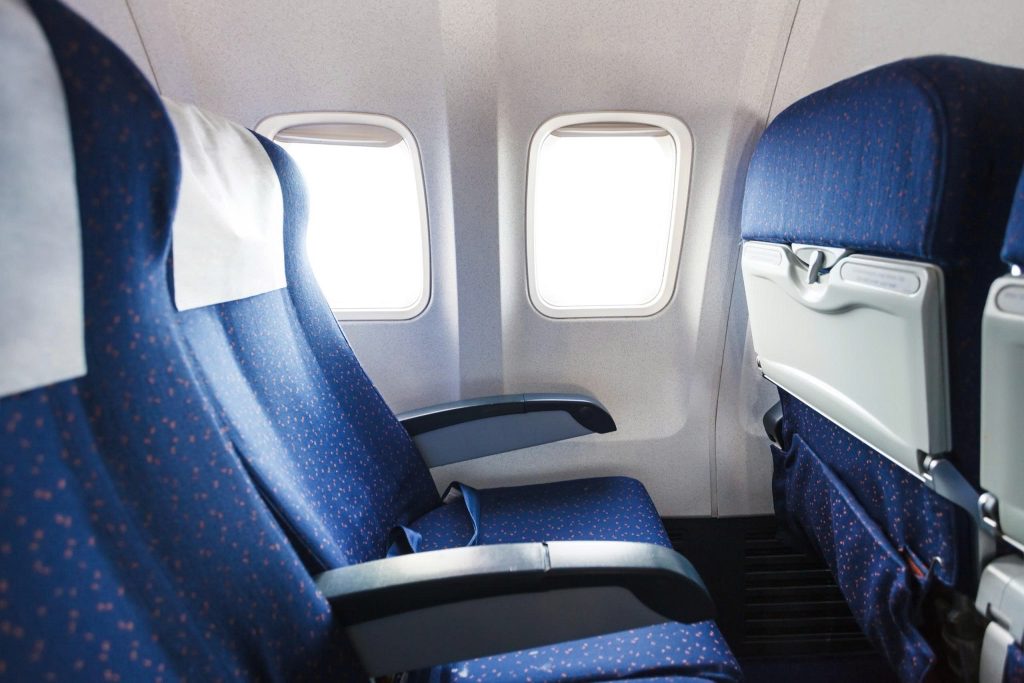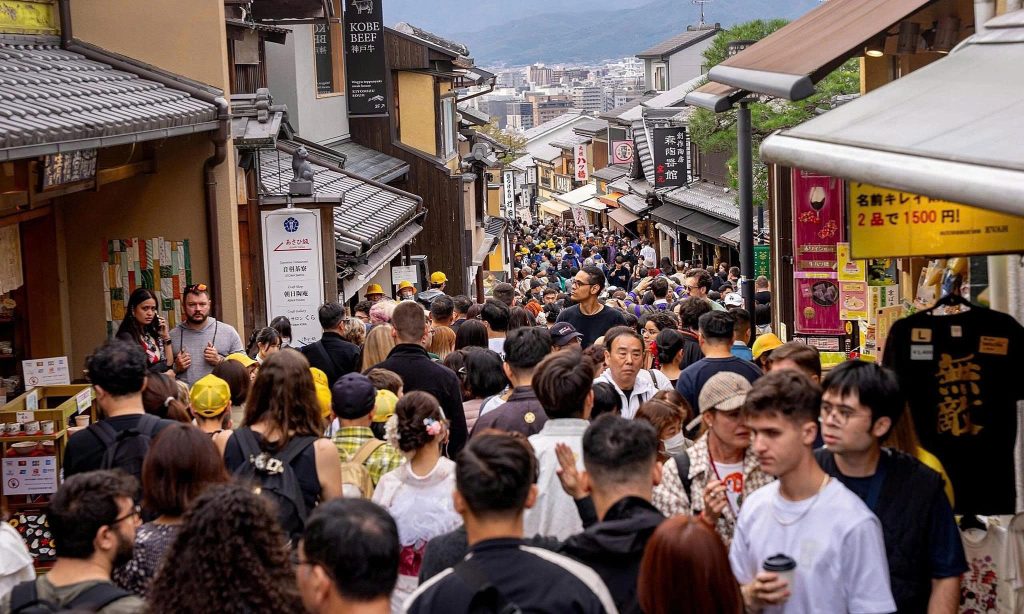Many passengers are unaware that a simple symbol on their boarding pass can signal trouble, turning their trip into a stressful experience.
That symbol is SSSS, which stands for Secondary Security Screening Selection by the U.S. Transportation Security Administration (TSA). Passengers whose tickets are printed with this code must undergo a more rigorous inspection process when flying to or from the United States.
According to Simple Flying, this procedure usually adds an extra 15-20 minutes, or even longer, to the security process. Passengers may be asked to have every item in their luggage inspected, subjected to swabbing for residue, or required to power on their electronic devices.
The TSA does not disclose the specific screening criteria. However, Damien, the owner of the Travel Tips Guy channel, suggests that while the system is largely random, it can still flag passengers based on certain risk indicators such as: purchasing a one-way ticket, booking the ticket close to the departure time (within 24 hours), or paying with cash.
Many people have shared unpleasant experiences regarding the SSSS code. One passenger stated that he encountered this code on his ticket while traveling to visit a close friend. The TSA scanned his phone and copied all his messages, photos, and other data from his device, which made him feel very uncomfortable.

What passengers dislike about having the SSSS code, besides the stringent inspection, is the lengthy screening time, which can lead to missing a flight if they arrive at the airport close to the departure time.
In addition to SSSS, the symbol SEQ or “sequence” appearing on a boarding pass is also not considered a “good omen” because this symbol can affect a passenger’s ability to board the plane, especially on budget airlines.
SEQ is the order in which a passenger checks in. If the card reads SEQ/10, it means the passenger was the 10th person successfully checked in for that flight. Typically, this code does not affect the journey as it merely indicates the passenger’s sequential number in the queue.
However, according to the U.S. Department of Transportation (DOT), in cases where the flight is overbooked or when a “first-come, first-served” policy is applied, this sequence number can sometimes cause problems.
“An airline may deny boarding if not enough passengers voluntarily give up their seats, based on criteria they establish, such as the time of check-in, the fare class, or frequent flyer membership status,” the agency states.
In other words, passengers who check in the latest might be the first ones asked to leave the plane in an overbooking situation. Nevertheless, this depends on the specific regulations of each airline. Furthermore, according to Simple Flying, some airlines allocate seats to passengers based on the check-in order. Those who check in last may be assigned to the least convenient seats, such as middle seats.
On a plane ticket, besides common numbers like the gate number, seat number, and flight time, there are several other characters that carry additional meanings, which passengers often pay less attention to. Among these, the symbol S/O indicates that the passenger’s itinerary includes a stopover (transit), and SPTC denotes an extended transit time or a layover that is longer than usual. In the case of a long transit, some airlines will assist passengers with accommodation.
Some airlines implement a boarding group system to help the process run more smoothly and reduce congestion. Therefore, passengers may see number symbols like “Group 1” or “Group 2” (or Zone 1, 2) indicating when they should proceed to the boarding gate.
These groups are typically assigned during the check-in process or based on factors such as membership status, health or disability status, or families traveling with young children.
Group 1 is usually reserved for first-class passengers or high-tier members, who are the first to board. Meanwhile, Group 4 or Group 5 typically represents economy class, boarding last.
(According to Unilad, Simple Flying, HuffPost)

















